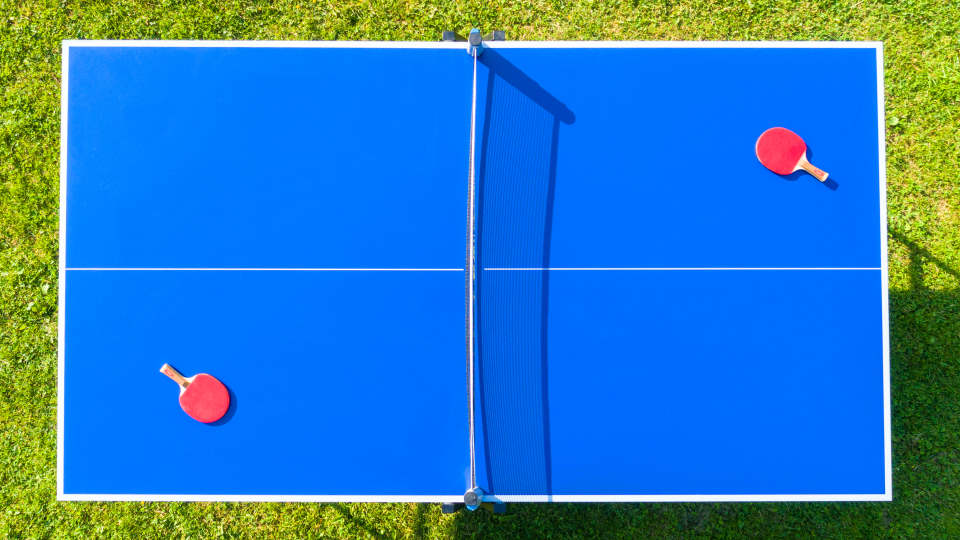Today, we shine a light on a subject that has long been a topic of controversy and fascination among both fans and critics alike – the art of faking injuries on the soccer field. Whether you call it simulation, diving, or play-acting, there is no denying that pretending to be injured has become an all-too-common sight in the world of soccer. We will explore the reasons behind why soccer players fake injuries, the prevalence of this behavior in the sport, and delve into the terminology used to address such actions. So buckle up and get ready to dive into the depths of this intriguing aspect of the beautiful game.
Introduction

Soccer, also known as football in many parts of the world, is a sport that is loved and adored by millions. With its fast-paced nature and intense competition, soccer players often find themselves in situations where they have to make split-second decisions that can impact the outcome of a match. Unfortunately, there is a dark side to this beautiful game – the prevalence of fake injuries.
One of the main reasons why soccer players fake injuries is to gain an unfair advantage over their opponents. The sport is highly competitive, and players are constantly looking for ways to gain an upper hand. By faking an injury, a player can potentially disrupt the flow of the game, waste precious time, and even deceive the referee into making a favorable decision.
Another reason for this unsportsmanlike behavior is to draw attention to oneself. In a sport where individual glory is highly sought after, players may resort to faking injuries to get the spotlight on them. A dramatic fall, accompanied by screams of pain, can be a surefire way to catch the eyes of fans, coaches, and even scouts.
Why Is There So Much Faking Injuries in Soccer?

Soccer is a remarkable sport loved by millions of people around the world. It is known for its fast-paced nature, intense competition, and skilled players. However, there is one aspect of the game that often sparks controversy and frustration among fans and spectators – faking injuries. Sadly, this practice has become more prevalent in recent years, leaving many wondering why there is so much faking injuries in soccer.
One reason for the abundance of faking injuries in soccer is the desire to gain a competitive advantage. Players may exaggerate or fake injuries to deceive the referee into awarding a foul or sanctioning an opponent. By acting injured, players can manipulate the outcome of the game and potentially sway the decisions of officials in their favor. This unethical behavior not only undermines the integrity of the sport but also disrupts the flow of the game and can lead to undeserved penalties or advantages.
Another factor contributing to the proliferation of faking injuries is the pressure to perform. In modern soccer, where enormous amounts of money and prestige are at stake, players often face intense scrutiny and expectations from their teams, fans, and sponsors. The fear of failure and the need to meet these expectations can push players to engage in deceptive tactics, including faking injuries, to gain an upper hand or buy time. This can also be seen as a strategic move to break the rhythm of the opposing team or waste valuable seconds during injury time.
What Is It Called When a Soccer Player Fakes an Injury?

When watching a soccer match, it is not uncommon to see players suddenly fall to the ground, clutching their legs or writhing in pain. This behavior, known as faking an injury, has long been a controversial topic in the world of soccer. But what exactly is it called when a soccer player pretends to be injured? There are several terms used to describe this act, including diving, simulation, and playacting.
First and foremost, diving is perhaps the most commonly used term to refer to the act of faking an injury in soccer. It involves a player intentionally exaggerating or feigning contact with an opponent in order to deceive the referee into awarding a foul, penalty, or card to the opposing team. Diving has been a significant issue in the sport, tarnishing the integrity of the game and leading to debates about fair play.
Another term commonly used to describe faking injuries in soccer is simulation. Simulation refers to the deliberate act of pretending to be fouled or injured in order to gain an advantage for one’s team. This term emphasizes the deceptive and theatrical nature of the behavior, highlighting the player’s intent to deceive the officials and manipulate the outcome of the match.
How Many Soccer Injuries Are Fake?

Soccer, also known as football in many countries, is one of the most popular sports worldwide. With its immense popularity and competitive nature, it is no surprise that players sometimes resort to deceptive tactics, including faking injuries, to gain an advantage on the field. However, the extent to which soccer injuries are actually fake remains a controversial topic.
It is important to understand that while there are instances of players exaggerating or pretending injuries, not all reported injuries in soccer are fake. Soccer is a physically demanding sport that involves quick movements, collisions, and contact with opponents. Consequently, it is common for players to sustain genuine injuries during matches. These injuries can range from minor sprains and strains to more severe fractures or ligament tears.
Despite the prevalence of real injuries, there have been cases where soccer players have been caught feigning injuries to deceive referees, manipulate game dynamics, or waste time. This can disrupt the flow of the game and result in unfair advantages for certain teams. Some players may simulate injuries to draw fouls, earn penalties, or get opponents booked or sent off. These deceptive acts not only tarnish the integrity of the sport but also lead to skepticism among fans and spectators.

- Simulation: Simulation, also referred to as diving or embellishment, occurs when a player deliberately exaggerates or fakes an injury without any actual contact or significant impact from an opponent. This deceptive act aims to deceive the referee into awarding a free kick, penalty, or disciplinary action against the opposing team.
- Time-wasting tactics: Some players pretend to be injured or in pain as a tactic to run down the clock, particularly when their team is winning and wants to preserve the lead. These time-wasting tactics can frustrate the opposing team, fans, and even broadcasters.
- Gaining a psychological advantage: Faking injuries can also be a mental strategy employed by players to disrupt the focus and rhythm of the opposing team. By breaking the momentum, players attempt to gain an advantage over their opponents.
In conclusion, while soccer injuries are predominantly genuine, there are instances where players fake injuries for various reasons. Whether it is to gain an advantage, manipulate game dynamics, or simply waste time, these deceptive acts are against the spirit of fair play. Soccer governing bodies and referees play a crucial role in identifying and penalizing such misconduct to maintain the integrity and credibility of the beautiful game.


